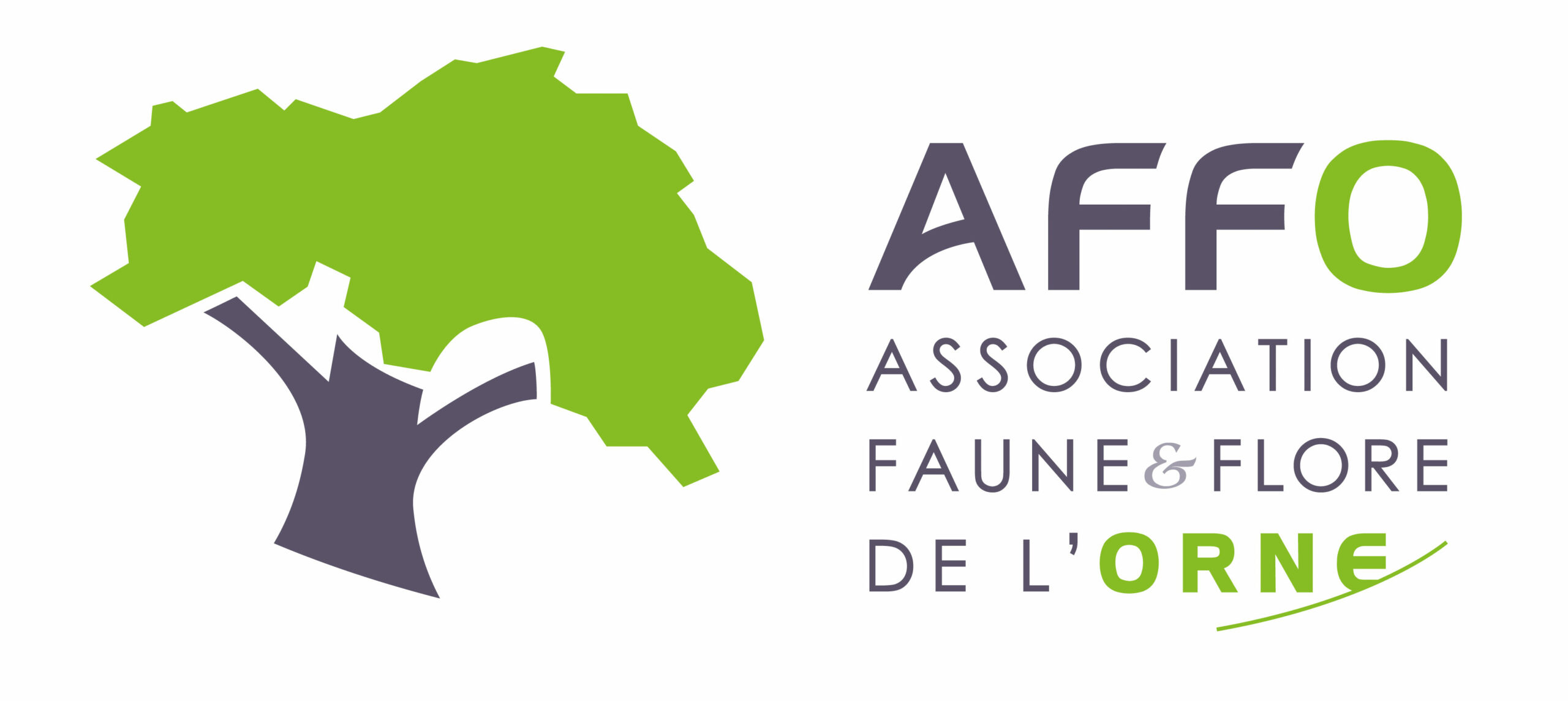Où cette espèce a-t-elle été observée ?
 Attention : cette espèce peut être présente où il n’y a pas de maille, mais à ce jour elle n’y a pas encore été observée.
Attention : cette espèce peut être présente où il n’y a pas de maille, mais à ce jour elle n’y a pas encore été observée.
Chargement...
- 19 observations
-
5
communes -
7
observateurs
3
organismes -
Première observation
1990 -
Dernière observation
2025
Anonymisé
-
Courtecuisse Régis (smnf)
-
Courtecuisse Régis-mycologiades Internationales De Bellême
-
Decan Romain
-
Guy Redeuilh
-
Marcel Bon-régis Courtecuisse
-
Mycologiades Internationales De Bellême
-
Ministère de la Transition écologique et de la Cohésion des territoires
Participation à 10 Observations
Part d'aide à la prospection : 52.63 %
Fiche organisme
-
Association pour le Développement d’Outils Naturalistes et Informatiques pour la Fonge
Participation à 10 Observations
Part d'aide à la prospection : 52.63 %
Fiche organisme
-
Association Faune & Flore de l'Orne (AFFO)
Participation à 9 Observations
Part d'aide à la prospection : 47.37 %
Fiche organisme
Informations espèce
Non renseigné pour le moment
Non renseigné pour le moment
Répartition actuelle en France métropolitaine
© INPN - Avertissement : les données visualisables reflètent l'état d'avancement des connaissances et/ou la disponibilité des données existantes au niveau national : elles ne peuvent en aucun cas être considérées comme exhaustives.
Fuscoboletinus Pomerl. & A.H.Sm., 1962
|







